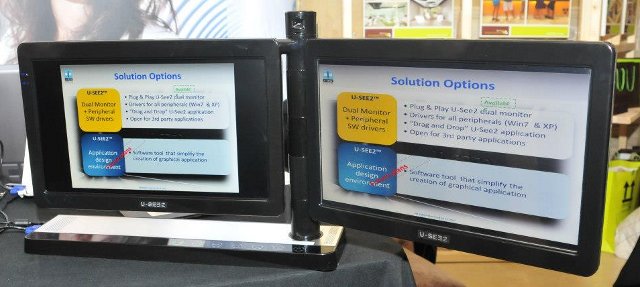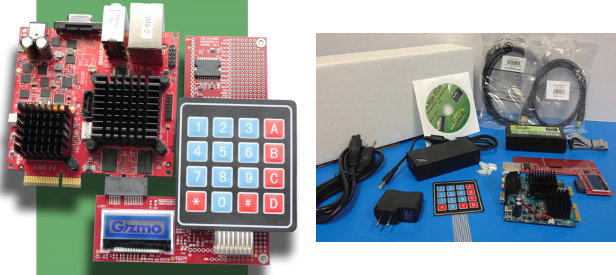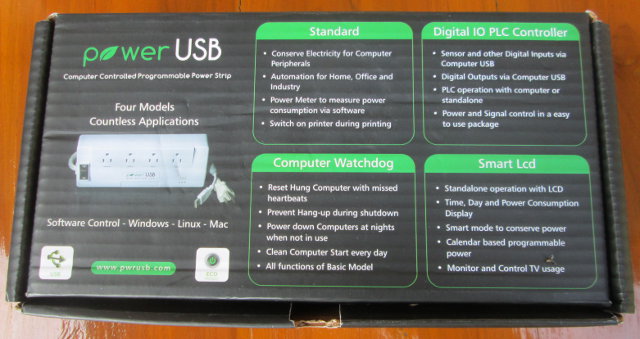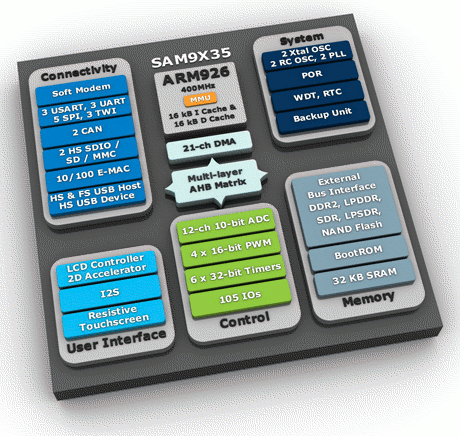Tizen developers have just announced Tizen 2.0 source code and SDK release. This release includes many new features and improvements over Tizen 1.0 released in April. The highlights of this release include: Enhanced Web framework that provides state-of-the-art HTML5/W3C API support Web UI framework, including full-screen and multi-window support Additional Tizen device APIs, such as Bluetooth and NFC support, and access to the device’s calendar, call history, and messaging subsystems Web Runtime framework supporting new configuration elements for specifying the required features and privileges, and providing the basic runtime environment for NPRuntime plugins Native framework supporting full-featured application development and providing a variety of features such as background applications, IP Push, and TTS (Text-To-Speech) Core and native reference applications including Calendar, Contacts, Gallery, Phone, Settings, and Video Player Enhanced Web IDE providing WYSIWYG design environment, Chrome-based JavaScript inspector, and JavaScript log viewer Native IDE providing a project wizard, WYSIWYG design […]
XBMC 12.0 Frodo Stable Release
XBMC developers have just announced the release of XBMC 12.0 (Frodo) which is available for desktop platforms (OSX, Linux / Ubuntu, Windows), Apple TV, iOS, Android (HW support limited), and even as a specific build for the Raspberry Pi. Other key features for this release include: HD audio support, including DTS-MA and Dolby True-HD, via XBMC AudioEngine Live TV and PVR support h.264 10bit (aka Hi10P) video software decoding for anime 64bit support in OSX to match the 64bit support in Linux Improved image support, allowing the database to accommodate numerous additional image types and more interesting and complex skins Improved AirPlay support across all platforms, including AirPlay audio in XBMC for Windows to match the other platforms Improved controller support in Windows and Linux Advanced Filtering in the library Video library tags to complement movie sets Advanced UPnP sharing Default video languages now match the language being used by XBMC Translations […]
Display Solution U-See2 Dual-Sided Interactive Display
U-See2 is a dual-sided screen with a swivel arm that allows the system to operate either back-to-back, or in a side-by-side configuration. One of the sides features a touch screen to allow customer’s involvement. This product can be used in consumer or service centers such as travel agencies, banks, point-of-sale retail, doctor’s office, etc… Display Solution, the company behind the project, also explains that it can also be used for education in order to save space (one monitor and one table for 2 students), or at home for dual player gaming. The monitor can be operated in 2 modes: Clone (Mirror) Mode – The image on the primary monitor will duplicate on the second (“client”) monitor. Extended Mode – Extend the view to both monitors over USB and VGA / DVI adapter as configured under Windows. Amazingly the company does not mention screen size (it could be because they provide […]
$199 Gizmo Explorer Kit Powered by AMD G-Series APU is Now Officially Available
Back in November, I came across the Gizmo Explorer Kit, an embedded development platform based on AMD G-Series G-T40E dual core APU that includes the development board itself (Gizmo Board), two expansion I/O boards, Sage SmartProbe JTAG development tool, some accessories such as cables and power supply, and a DVD with the documentation and SDK. Today, Sage Electronic, Texas Multicore Technologies, and Viosoft officially launched GizmoSphere community that aims at “fostering innovation and development for x86-based embedded Accelerated Processing Units (APUs), and driving and enabling technology projects of interest to independent developers with a focus on stimulating and encouraging innovation for existing and new applications that leverage APUs”. To help with this initiative, they also produce the Gizmo Board, and corresponding Gizmo Explorer Kit, a development board that boots with coreboot, and can run a variety of operating systems such as Android, Linux, Windows, and other RTOS. You can refer to […]
PowerUSB Computer Controlled Power Strips Review
PowerUSB power strips are four outlets power strips designed to help users save power by better understanding their devices power consumption, and automatizing tasks such as power on/off using timers, printer on/off controls, and more. One outlet is always on (for the main computer) and the 3 remaining outlets can be controlled via USB and the control software installed in a Linux, Mac or Windows x86 machine. The three of the four outlets are controlled through the software. Those power strips should allow lower electricity bills, and cover the cost of the strips ($69 to $129) within a few months. There are 4 models: PowerUSB Basic – $69.99 – The simplest model. You can control the 3 programmable outlets with on/off timers and keyboard shortcuts. PowerUSB Digital IO – $109.99 – This version adds 5 digital input/output lines for instrumentation and automation. The current model has 3 inputs and 2 […]
Digia and the Qt Project Release Qt 5.0
The Qt Project and Digia have announced the release of Qt 5.0, which is available via Qt 5.0 page on qt-project.org, or via qt.digia.com/qt5 for commercial customers. Qt 5.0 comes as a full SDK package including Qt 5 framework, Qt Creator 2.6.1, examples and full documentation. Qt 5.0 is available in source code and binary format for Linux (64 and 32 bit), Mac OS X (10.7 and 10.8), and Windows. You can read more about the main changes and new features compared to Qt 4.8, on my previous blog post about Qt 5 Alpha. A video showcasing some of the key features of Qt 5 has been uploaded to Youtube. The video above is actually a screen capture of a Qt 5 based application using Qt Quick, OpenGL and WebKit, running in a Mac. Audio has been added with iMovie application. You can try this Qt 5 Launch Demo by yourself by […]
$199 GIZMO EXPLORER KIT – Embedded Development Kit Based on AMD G-Series G-T40E APU
I’ve just stumbled upon a low cost and open source embedded development kit featuring AMD G-Series G-T40E dual core APU that comes with the following: The Gizmo Board – A compact (10×10 cm) development board for powered by an AMD G-Series APU. The Explorer Board – An expansion I/O board providing an alpha-numeric keypad, a micro-display, and a breadboard area for prototyping and customization. Sage SmartProbe JTAG Development Tool – The kit includes the SmartProbe hardware and 20 hours of trial time use. Ethernet & USB Cables – The USB cable lets you connect the SmartProbe to your PC. The Ethernet cable is for networking connectivity, which can be used to access the SmartProbe as well. USB wall charger Power Supplyand Cable – A universal power supply for the Gizmo board, with a U.S.-standard cord. 6x standoffs with nuts Alpha-numeric keypad – To connect to the explorer board Installation DVD […]
5 New Atmel SAM9 Processors: SAM9G15, SAM9G25, SAM9G35, SAM9X25, and SAM9X35
Atmel recently announced five new embedded processors for its SAM9 family all running at 400MHz, featuring 100mW consumption, support for DDR2 and NAND flash memory, with some models offering LCD touchscreen support and CAN interfaces: SAM9G15 based on ARM926EJ Embedded Microprocessor Unit with LCD, Touchscreen, HS USB and LPDDR/DDR2/MLC NAND support. SAM9G25 based on ARM926EJ Embedded Microprocessor Unit with Ethernet, HS USB and LPDDR/DDR2/MLC NAND support. SAM9G35 based on ARM926EJ Embedded Microprocessor Unit with LCD, Touchscreen, Ethernet, HS USB and LPDDR/DDR2/MLC NAND support. SAM9X25 based on ARM926EJ Embedded Microprocessor Unit with Dual Ethernet, Dual CAN, HS USB and LPDDR/DDR2/MLC NAND support. SAM9X35 based on ARM926EJ Embedded Microprocessor Unit with LCD, Touchscreen, Ethernet, Dual CAN, HS USB and LPDDR/DDR2/MLC NAND support. The 3 new SAM9G processors are basically a lower cost version of the SAM9G45 with less cache, no video decoding support, etc… The 2 SAM9X processors are similar but feature […]









